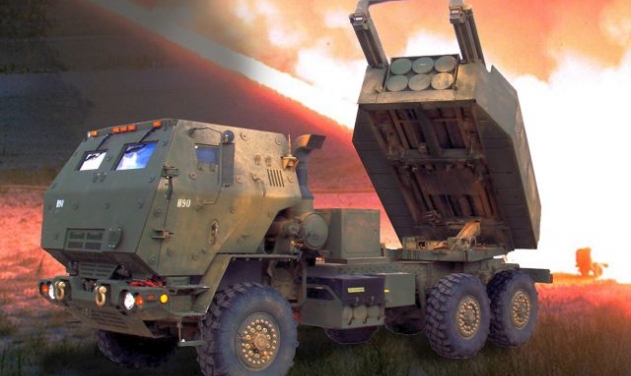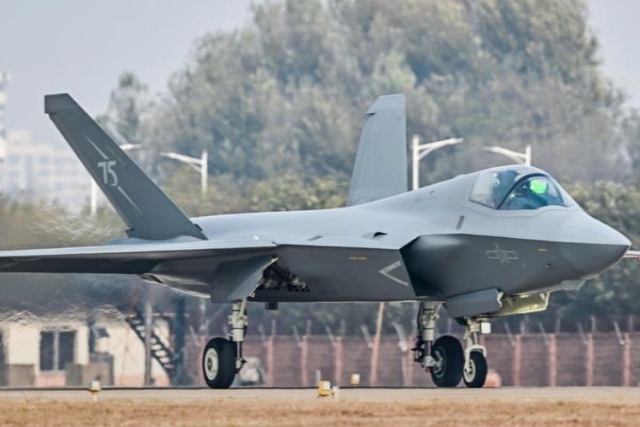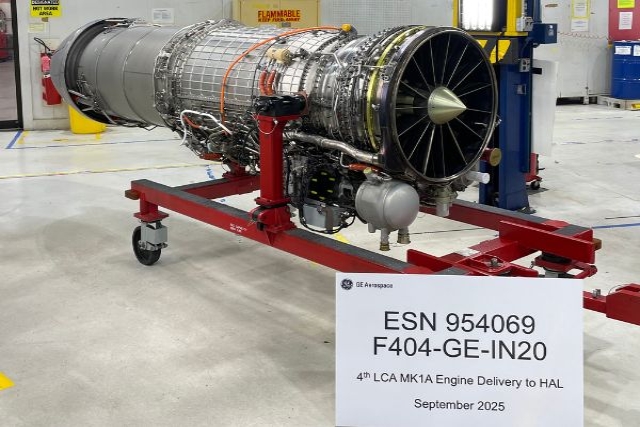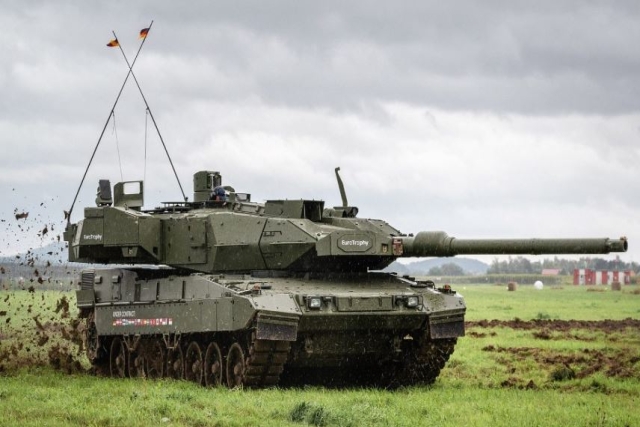Japan Plans Osprey Aircrafts Purchase: Report
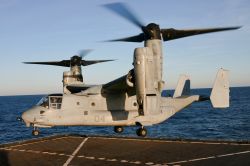
Japan's Self-Defense Forces will acquire 17 of the U.S Osprey tilt-rotor transport aircraft over five years from next April, according to Global Post.
Japan will also purchase three surveillance drones and 52 amphibious vehicles to enhance its capability to defend remote islands.
Those acquisitions are included in the next medium-term defense program, which the Cabinet is expected to approve Tuesday together with defense program guidelines for the next 10 years and a national security strategy.
A total of 24 Osprey aircraft have been deployed since last year to the U.S. Marine Corps' Futenma Air Station in Okinawa Prefecture despite safety concerns about them in light of past accidents involving the aircraft overseas.
Japan Prime Minister Shinzo Abe is working to redefine the country's defense posture to face threats posed by an increasingly assertive China both at sea and in airspace, and North Korea's missile and nuclear weapons development programs.
Amid heightened tensions over the Senkakus, the new medium-term defense program is mainly designed to strengthen Japan's ability to take back remote islands when attacked, according to the report.
The budget for the program for the five-year period is expected to be $239 billion (24.67 trillion yen).
During the five-year period, the SDF will purchase 28 F-35 stealth fighter jets, and a total of 99 canon-equipped very maneuverable combat vehicles, according to a draft outline of the medium-term program. The vehicles weigh less and run faster than conventional tanks.
To enhance the lineup of defense equipment, Japan will buy three transport aircraft that are capable of air refueling, and four early-warning aircraft, the report said.
As part of the country's broader efforts to protect the Nansei Islands that include the Senkakus, the SDF will have an amphibious unit while increasing troops at the Air Self-Defense Force's Naha Air Base.
Given that North Korea's missile development remains a security concern for Japan, the number of Aegis ships to intercept ballistic missiles will increase from the current six to eight.
While criticizing Beijing's maritime assertiveness and the establishment of the ADIZ, the strategy also touches on Tokyo's readiness to promote diplomatic efforts not to escalate the tensions, saying it "will deal with the issue in a calm and firm manner, while seeking China's self-restraint."
In the defense program guidelines, China's maritime activities are criticized as "coercive." Given the bilateral tensions around the Senkakus, the guidelines note Japan will increase the number of escort ships to 54 from the current 47.
